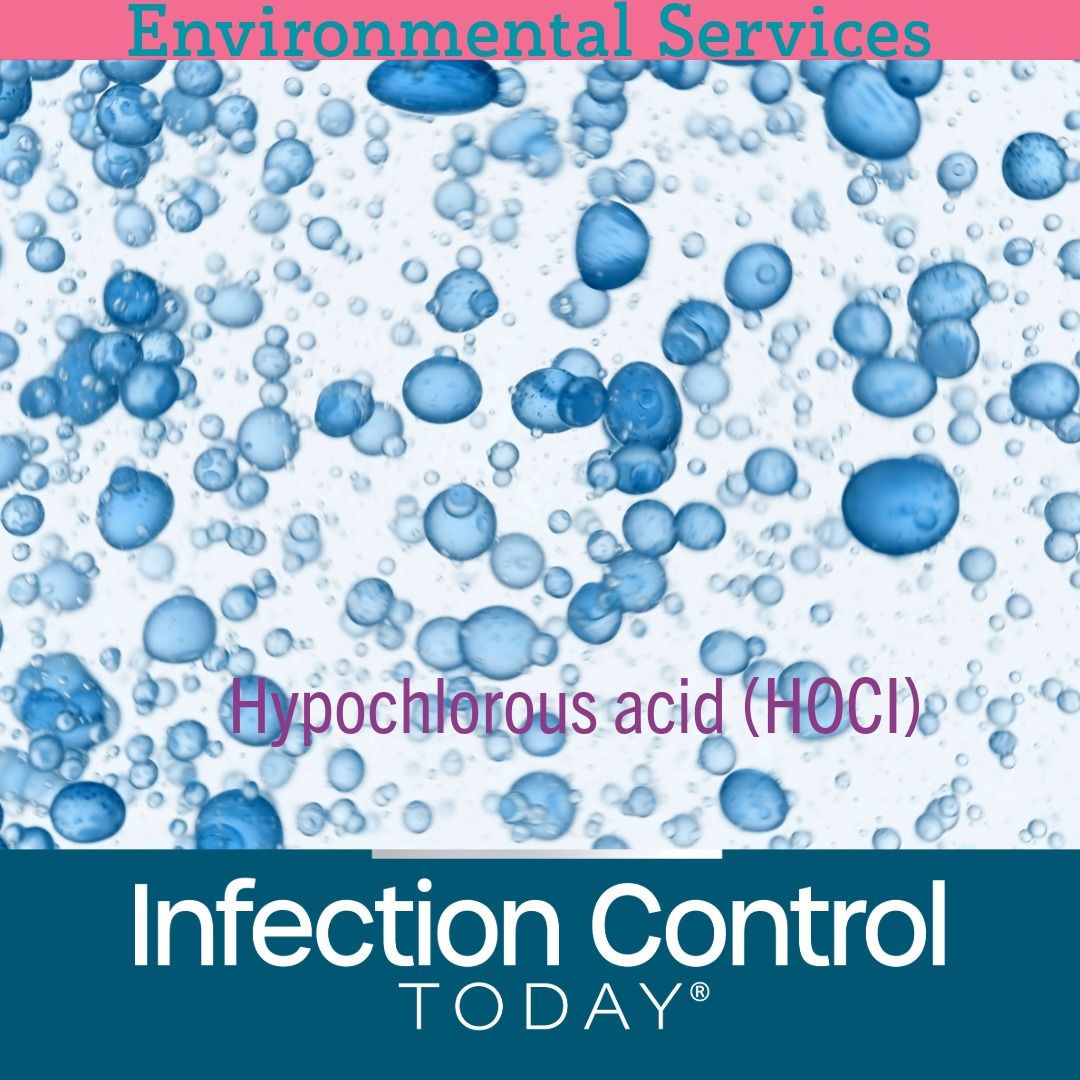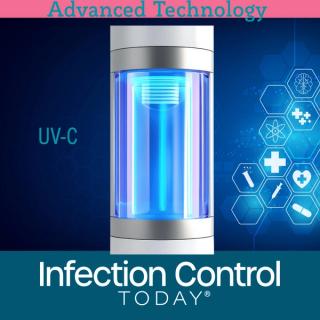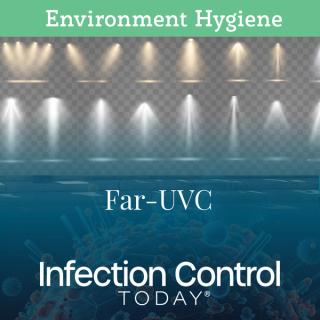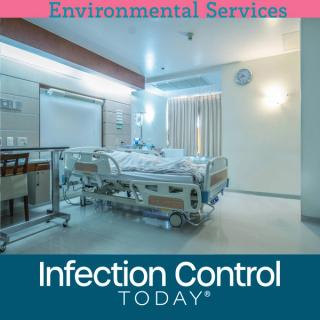
Environmental Services
Latest News
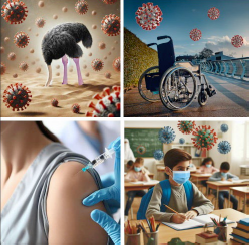
Latest Videos

More News
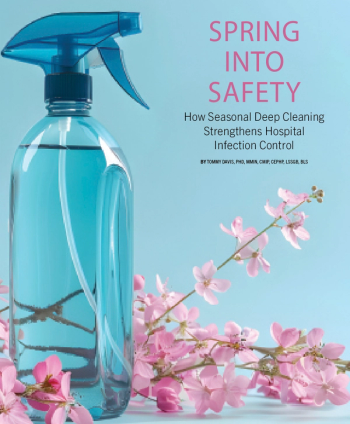
Rooted in ancient rituals of renewal, spring-cleaning has evolved from cultural tradition to a vital infection prevention strategy in modern hospitals—one that blends seasonal deep cleaning with advanced disinfection to reduce pathogens, improve air quality, and protect patients.

Infection prevention is everyone’s responsibility, but environmental services (EVS) professionals are often overlooked. At AHE’s Exchange25, Shannon Simmons, DHSc, is on a mission to change that.

The Association for the Health Care Environment (AHE) is set to host its largest event of the year—Exchange Summit 2025—from June 8 to 11 in Columbus, Ohio. With over 600 environmental services (EVS) professionals expected to attend, this year’s conference focuses heavily on infection prevention, interdepartmental collaboration, and education that empowers frontline health care support leaders to improve patient safety and operational efficiency.
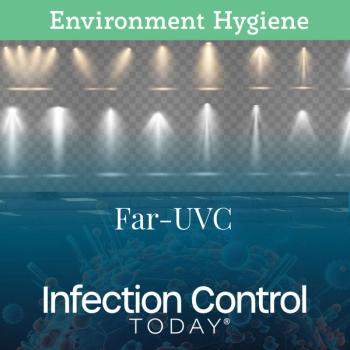
Manual cleaning gaps on shared hospital equipment can undermine infection control efforts. New research shows far UV-C light can serve as a safe, automated backup to reduce contamination in real-world clinical settings.
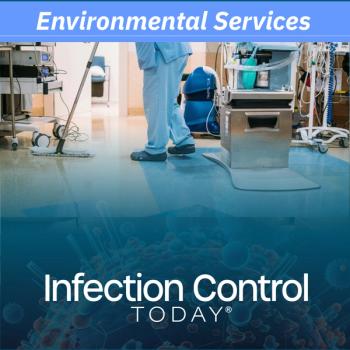
This article explores why it is essential to train housekeeping staff and leaders in health care facilities, emphasizing key reasons and evidence-based practices to back this necessity.
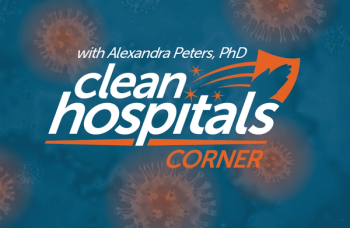
Despite their protective role, gloves are often misused in health care settings—undermining hand hygiene, risking patient safety, and worsening environmental impact. Alexandra Peters, PhD, points out that this misuse deserves urgent attention, especially today, World Hand Hygiene Day.
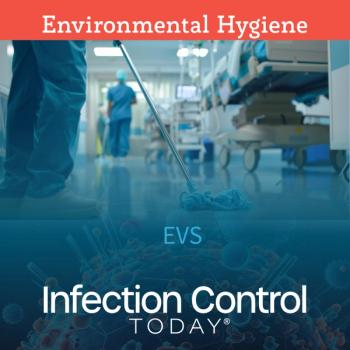
Training EVS workers for hygiene excellence demands more than manuals—it requires active engagement, motor skills coaching, and teach-back techniques to reduce HAIs and improve patient outcomes.

Health care-associated infections are driving a shift toward disposable microfiber cloths, mop pads, and curtains—offering infection prevention, regulatory compliance, and operational efficiency in one-time-use solutions.

Reducing surgical site infections goes beyond sterile technique—factors like OR traffic, PPE, and workflow interruptions significantly impact infection risk and patient outcomes.

Veterinary IPs highlight critical gaps in cleaning protocols, training, and biosecurity, stressing the urgent need for standardized, animal-specific infection prevention practices across diverse care settings.
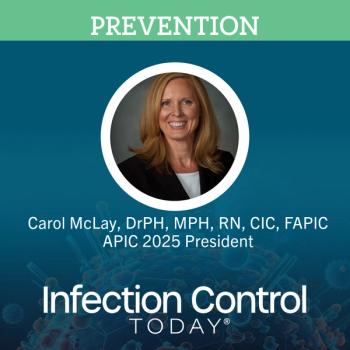
With health care systems under strain and infection preventionists being laid off nationwide, a little-known federal agency stands as a last line of defense against preventable patient harm. Yet the Agency for Healthcare Research and Quality (AHRQ) is now facing devastating cuts—threatening decades of progress in patient safety.
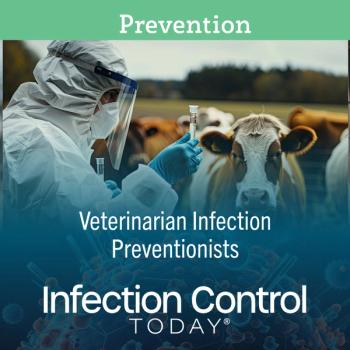
Danielle Banks, a UK-based veterinary nurse, discusses the growing importance of infection prevention in animal care, tackling antimicrobial resistance, hand hygiene, and adapting human health care protocols.

Health care-associated infections pose a global threat. In the op-ed, experts advocate for Far-UVC light as a safe, effective tool to reduce airborne pathogens, enhancing infection control in hospitals and public spaces.
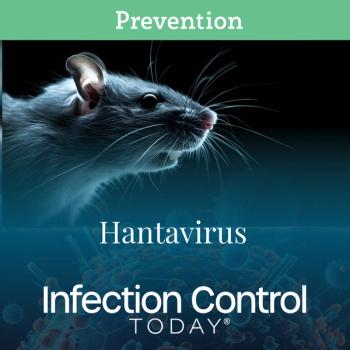
Hantavirus infections transmitted through rodent exposure can be deadly. To reduce transmission, infection prevention personnel should focus on early detection, rodent control, and public awareness.

Reusable health care textiles enhance infection prevention, reduce waste, and strengthen supply chains. Hygienically clean textiles offer a sustainable, cost-effective alternative to disposable PPE, ensuring patient safety and environmental responsibility.

Reusable PPE offers a cost-effective, sustainable solution for health care, reducing waste and improving supply chain resilience. Overcoming adoption barriers requires education, policy support, and industry-wide collaboration.

Silent threats lurk within—heart infections can stem from unnoticed bacteria, viruses, or fungi. Infection preventionists hold the power to stop these hidden killers before they strike.

At the 2025 Chicago Dental Society Midwinter Meeting, Dr. Marie Fluent passionately discussed infection control, emphasizing hand hygiene, waterlines, and the critical role of vaccinations in dental settings.
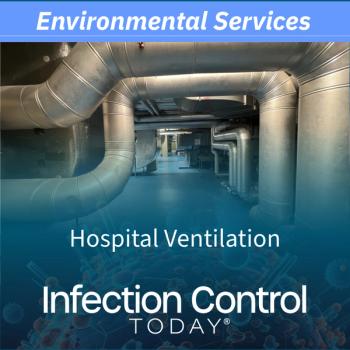
New research reveals hospital ventilation and air purifiers may unintentionally spread viral particles, increasing infection risks. Infection preventionists must rethink airflow strategies to protect patients and staff.

Despite revolutionary advancements like alcohol-based hand rubs, infection prevention still faces major hurdles. Poor adherence to hygiene, overreliance on technology, and understaffed environmental services create perfect storm conditions for deadly outbreaks.
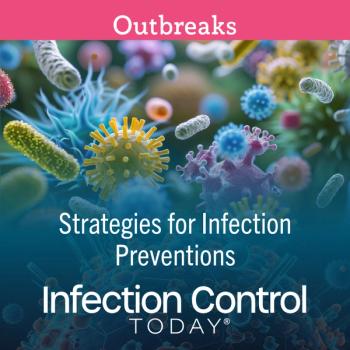
Norovirus and avian influenza outbreaks require infection preventionists to enhance hygiene, train staff, implement PPE use, and ensure effective disinfection to protect health care workers, patients, and facilities.
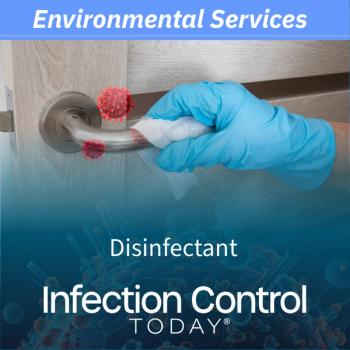
Hospitals rely on automated disinfectant dispensers, but a study led by Curtis Donskey, MD, found inconsistent dilution levels, with some dispensers releasing only water. Improved monitoring and design modifications are essential.
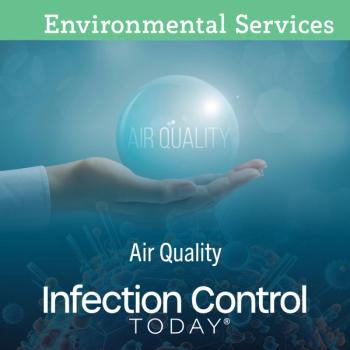
Evolving air quality monitoring technologies, like an IAQ Exposure Index, provide real-time data to detect airborne contaminants, enhance infection control, and protect vulnerable healthcare populations from respiratory exposures.
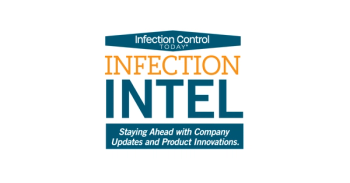
EvaClean partners with Microsplitting Ltd. to distribute its advanced disinfection systems and absorbents, revolutionizing infection prevention across health care, education, hospitality, and industrial sectors worldwide.
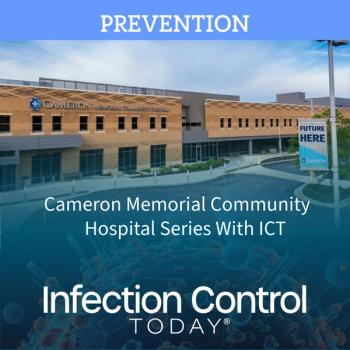
Discover how innovative strategies in scheduling, staff engagement, and continuous learning transformed a hospital’s environmental services, enhancing efficiency, employee satisfaction, and patient care standards.

